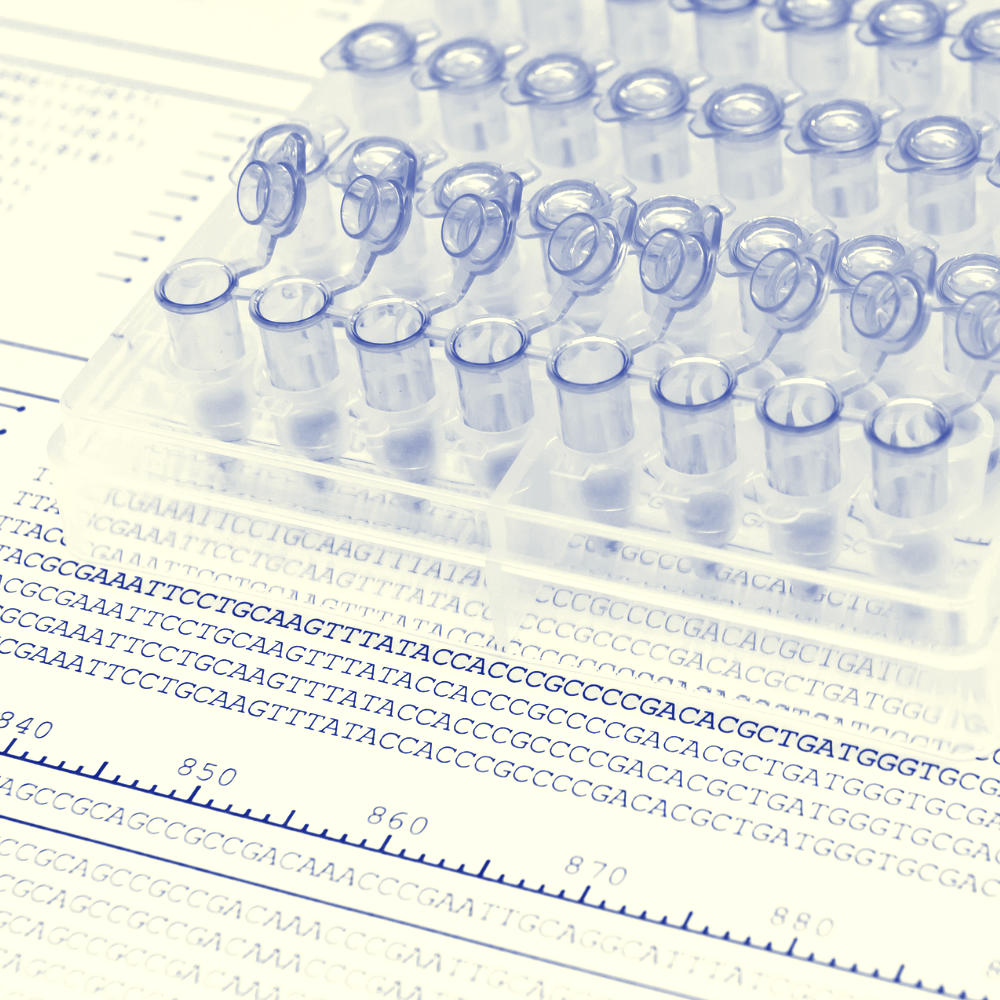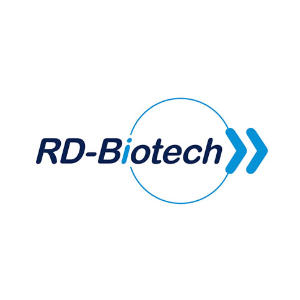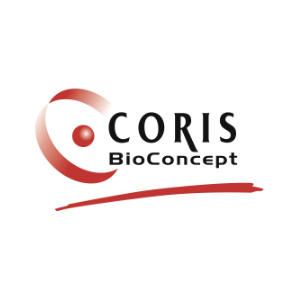
 Back to homepage
Our offer: Genomics
Back to homepage
Our offer: Genomics
Experts in genomic and transcriptomic studies from complex matrices
Aware of the numerous applications enabled by genomic and transcriptomic studies, as well as the manipulation of genetic material, Smaltis equipped itself with a molecular biology platform from its inception to support projects requiring expertise in genetic material handling, in various contexts.
With 15 years of experience in this field, Smaltis experts apply their knowledge to offer you routine analyses or tailor-made studies, from the design of operating procedures to data analysis, to help you make the most of your projects.
Analyze your products and samples by entrusting them to molecular biologists
Smaltis works with all types of samples, from the simplest to the most complex, adapting protocols accordingly. Smaltis can source these samples as needed.
Your products or samples:
- Cellular products: microorganisms, eukaryotic cells
- Molecular products: RNA, DNA, cDNA, plasmids…
- Clinical samples: blood products, tissues/biopsies, skin or vaginal swabs, feces…
- Environmental samples: water, sludge, soil…
- Products from industrial processes
- Diagnostic kits or detection tools for research
- Equipment and/or reagents for use in molecular biology
Routine services and custom studies
To meet diverse needs
| YOUR NEEDS |
1
SAMPLE CHARACTERIZATION |
2
IMPACT ASSESSMENT |
3
VALIDATION OF KITS & REAGENTS |
4
PHARMACEUTICAL RAW MATERIAL CONTROL |
| OUR SOLUTIONS |
Molecular characterization of complex samples |
Assessment of the impact of products or processes on molecular targets of interest |
External validation/comparison of molecular biology reagents/equipment/kits for research or diagnostic use |
Quality control of pharmaceutical raw materials such as plasmids, recombinant proteins and microorganisms used in pharmaceutical bioprocesses |
| OUR TECHNIQUES |
Total DNA extraction, high-throughput sequencing to identify microorganisms present and analyze microbial diversity |
Complete design of the study protocol and analysis of transcript quantity by RT-qPCR of genes of interest after RNA extraction |
Determination of the efficacy of diagnostic kits of resistant clinical strains or detection of pathologies related to mutations, by qPCR from DNA of strains or patients |
PFGE analysis, development of targets for MLST, Multiplex PCR, control of restriction profiles, sequencing… |
Our promise: adaptability and reliability to support your projects with confidence
With its comprehensive and versatile expertise in molecular biology, our teams have the capability to work with all types of samples, from the simplest to the most complex. Smaltis offers both routine analyses following standardized protocols and customized analyses with an upstream phase of biological material preparation. With agility, flexibility, and precision, Smaltis accompanies you from the design stage of operating procedures to the analysis of molecular biology data.
For every requirement, Smaltis responds by adapting the manipulation protocol to the context of your project and your objective. The operating procedure is established and optimized based on the products and samples to be evaluated, as well as the choice of reagents. This development stage is carried out with you, in a spirit of co-construction, to achieve the best results.
For specific projects requiring a particular technology, the Smaltis team seeks to identify and develop high-tech methods to meet the objective. For instance, Smaltis has adapted a method of RCA PCR to amplify and detect circular DNA molecules such as circular viral genomes or mitochondrial DNA present in very small quantities in complex samples.
Analyses and samples undergo rigorous quality control, ensuring the robustness of the results obtained. Our teams systematically verify the integrity of samples, the validity of the method, and implement various checkpoints throughout the protocol.
Interpreting molecular biology data requires expertise and rigorous analysis of the results, in line with the study’s objectives. The Smaltis team conducts a detailed and precise study to provide you with relevant, accurate, and easily exploitable data, allowing you to move forward with your project effortlessly.
It is essential for us to work with a strong partnership approach, both with our clients and our suppliers. Indeed, for certain projects, our researchers may turn to specialized service providers that Smaltis can rely on for the contribution of specific expertise. For example, we may engage qualified and specialized sequencing suppliers to obtain reliable results with a method adapted to the analyzed samples.









